Home>Furniture & Design>Living Room Furniture>How To Fix A Recliner Footrest
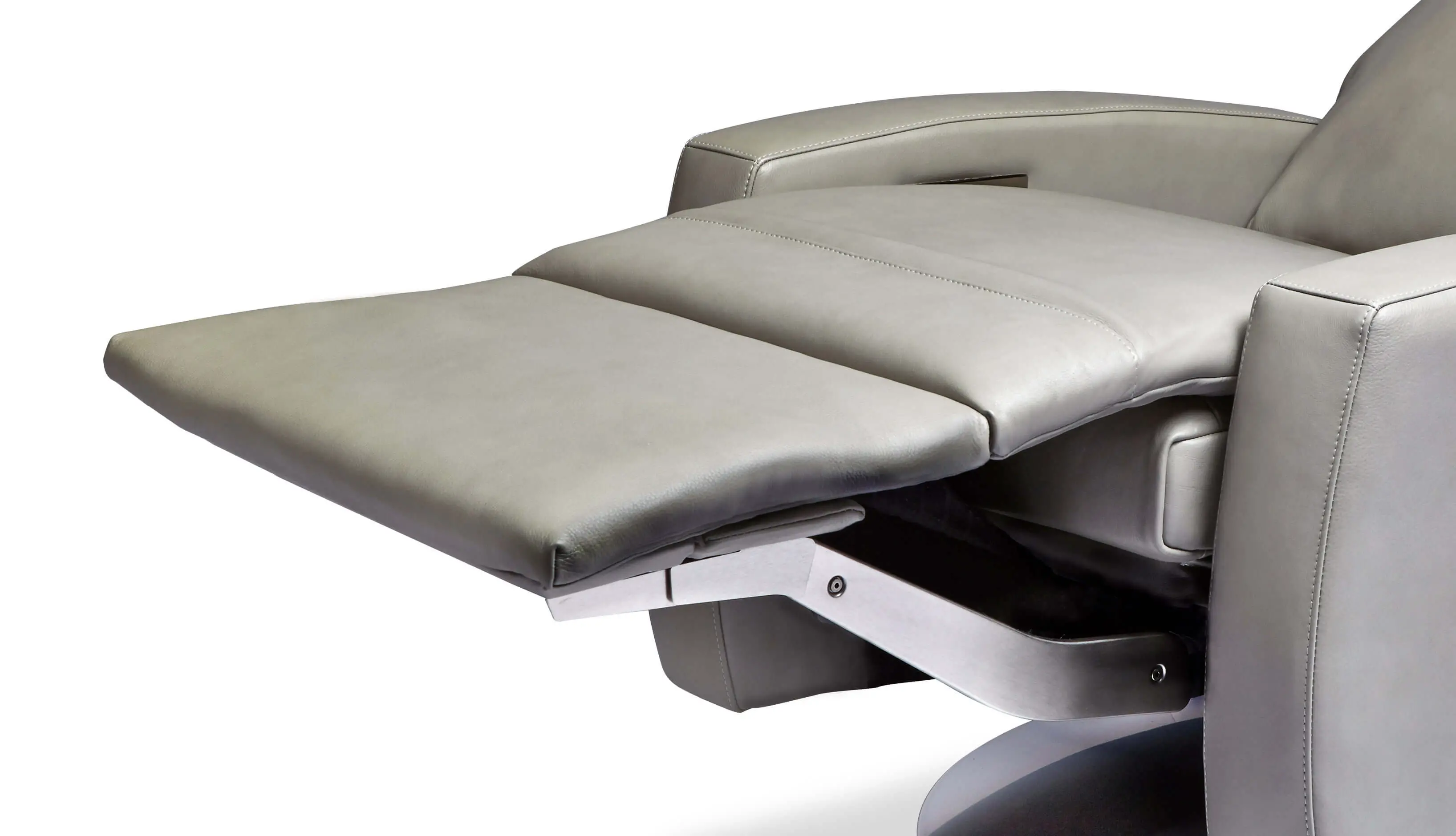

Living Room Furniture
How To Fix A Recliner Footrest
Modified: January 3, 2024
Learn how to fix a recliner footrest and restore comfort to your living room furniture. Get expert tips and DIY solutions for living room furniture and design.
(Many of the links in this article redirect to a specific reviewed product. Your purchase of these products through affiliate links helps to generate commission for Storables.com, at no extra cost. Learn more)
Introduction
Welcome to the ultimate guide on how to fix a recliner footrest. A recliner is the epitome of comfort and relaxation, providing a cozy spot to unwind after a long day. However, a malfunctioning footrest can quickly turn this oasis of comfort into a source of frustration. Whether your footrest is stuck, wobbly, or refusing to extend, fear not – with the right guidance and a bit of elbow grease, you can restore your recliner to its former glory.
In this comprehensive tutorial, we will walk you through the step-by-step process of diagnosing and resolving common issues with a recliner footrest. From assessing the problem to gathering the necessary tools and materials, we've got you covered. By the end of this guide, you'll be equipped with the knowledge and confidence to tackle this repair with ease.
So, grab your toolkit and get ready to embark on a journey to reclaim the comfort and functionality of your beloved recliner. Let's dive in and get that footrest back in action!
Key Takeaways:
- Fixing a recliner footrest involves assessing, identifying, and repairing issues with the mechanism. With the right tools and steps, you can restore comfort and relaxation to your favorite chair.
- After fixing the footrest, test the recliner for smooth movement, stability, and comfort. Enjoy the renewed comfort and tranquility of your recliner, knowing you can maintain and repair it as needed.
Read more: How To Fix Recliner Footrest
Assessing the Issue
Before diving into the repair process, it’s crucial to assess the nature of the problem affecting your recliner footrest. Start by testing the footrest’s functionality and observing its behavior. Does it fail to extend or retract? Is it wobbly or unstable when in use? By carefully noting these details, you can gain valuable insights into the underlying issue.
Next, take a closer look at the recliner’s mechanism. Inspect the footrest’s hinges, springs, and any connecting components for signs of damage or wear. Additionally, check for any obstructions or debris that may be impeding the smooth operation of the footrest.
It’s also essential to consider the history of the recliner’s use. Have there been any recent incidents, such as excessive force applied to the footrest or accidental impacts, that could have contributed to the problem? Understanding the context surrounding the issue can aid in identifying the root cause.
Furthermore, assess the recliner’s overall condition. Are there any other areas of the chair experiencing issues, or is the footrest problem an isolated occurrence? Examining the recliner as a whole can help determine whether the footrest issue is a standalone concern or part of a larger mechanical issue.
By carefully assessing the behavior of the footrest, examining its components, considering the recliner’s history, and evaluating its overall condition, you can lay the groundwork for an informed and targeted approach to resolving the problem. With a clear understanding of the issue at hand, you’ll be well-prepared to move on to the next steps in the repair process.
Identifying the Problem
Once you’ve assessed the behavior of your recliner footrest and examined its components, it’s time to identify the specific problem affecting its functionality. Common issues that may arise with recliner footrests include mechanical failures, structural damage, and obstructions hindering smooth operation.
One potential problem is a malfunctioning mechanism, which can manifest as the footrest refusing to extend or retract as intended. This may be attributed to issues with the recliner’s springs, hinges, or release levers. Identifying the specific component causing the malfunction is crucial for effective repair.
Structural damage, such as bent or misaligned parts, can also impede the smooth operation of the footrest. Carefully inspect the frame, hinges, and connecting points for any visible signs of damage, as these may be contributing to the issue at hand.
Obstructions within the recliner’s mechanism can disrupt the footrest’s movement, leading to difficulties in extending or retracting it. Common culprits include debris, foreign objects, or even pet hair that may have found its way into the recliner’s internal components.
Furthermore, wear and tear over time can lead to degradation in the footrest’s performance. Components may become loose, worn, or damaged, impacting the overall functionality of the recliner footrest. Identifying areas of excessive wear can provide valuable insight into the necessary repairs.
By carefully pinpointing the specific problem affecting your recliner footrest, whether it’s a mechanical issue, structural damage, obstructions, or wear and tear, you can lay the groundwork for a targeted and effective repair strategy. With a clear understanding of the underlying problem, you’ll be well-equipped to proceed to the next stages of the repair process with confidence.
Tools and Materials Needed
Before embarking on the repair of your recliner footrest, it’s essential to gather the necessary tools and materials to ensure a smooth and efficient process. Here’s a comprehensive list of items you’ll need to have on hand:
Tools:
- Phillips-head screwdriver
- Flat-head screwdriver
- Needle-nose pliers
- Adjustable wrench
- Socket set
- Allen wrench set
- Rubber mallet
- Flashlight
- Scissors
- Tape measure
Read more: How To Extend Footrest On A Recliner
Materials:
- Replacement springs, hinges, or release levers (if necessary)
- Lubricating oil or spray
- Clean cloth or rag
- Small container for hardware
- Replacement screws or fasteners (if needed)
- Protective gloves
- Safety goggles
- Owner's manual or schematic of the recliner (if available)
Having these tools and materials at your disposal will streamline the repair process and ensure that you’re well-prepared to address a variety of potential issues that may arise during the repair. Additionally, it’s always a good idea to work in a well-lit and well-ventilated area to optimize the repair environment and ensure your safety throughout the process.
With your toolkit assembled and your workspace prepared, you’re now ready to tackle the task of fixing your recliner footrest with confidence and precision.
Fixing the Footrest
Now that you’ve assessed the issue, identified the problem, and gathered the necessary tools and materials, it’s time to delve into the repair process for your recliner footrest. Follow these step-by-step instructions to effectively address common issues and restore the functionality of your recliner’s footrest:
Step 1: Prepare the Workspace
Before beginning the repair, ensure that you have ample space to work around the recliner. Clear the area of any obstacles and lay down a protective covering to prevent damage to the floor or nearby surfaces.
Step 2: Examine the Mechanism
Carefully inspect the footrest mechanism, hinges, and connecting components for signs of damage or wear. Use a flashlight to illuminate hard-to-reach areas and identify any obstructions that may be impeding the footrest’s movement.
Read more: How To Extend Recliner Footrest
Step 3: Disassemble the Footrest
Using the appropriate tools, such as screwdrivers and pliers, carefully disassemble the footrest to access its internal components. Keep track of the hardware and components you remove, placing them in a small container to prevent loss.
Step 4: Address Mechanical Issues
If the issue is related to the recliner’s springs, hinges, or release levers, inspect these components for damage or misalignment. Replace any worn or broken parts with the appropriate replacements, following the manufacturer’s guidelines if available.
Step 5: Lubricate Moving Parts
Apply lubricating oil or spray to the moving parts of the footrest mechanism to ensure smooth operation. Wipe away any excess oil with a clean cloth to prevent accumulation and maintain cleanliness.
Step 6: Reassemble the Footrest
Once the necessary repairs and maintenance have been completed, carefully reassemble the footrest, ensuring that all components are securely fastened and aligned. Use the owner’s manual or schematic of the recliner, if available, as a guide for reassembly.
Read more: How To Fix A Recliner
Step 7: Test the Footrest
After reassembling the footrest, test its functionality to ensure that the repairs have effectively addressed the initial issue. Extend and retract the footrest several times to verify smooth and consistent operation.
By following these systematic steps and approaching the repair process with care and attention to detail, you can effectively address common issues affecting your recliner footrest and restore its functionality. With the footrest repaired, you’ll once again be able to enjoy the full comfort and convenience of your beloved recliner.
Testing the Recliner
After completing the repair process for your recliner footrest, it’s crucial to conduct thorough testing to ensure that the issue has been successfully resolved. By following these steps, you can verify the functionality of the footrest and confirm that your recliner is once again ready to provide the comfort and relaxation you deserve.
Step 1: Visual Inspection
Begin by visually inspecting the repaired footrest and its surrounding components. Ensure that all fasteners are securely tightened, and that the footrest moves smoothly without any visible signs of resistance or misalignment.
Step 2: Functional Testing
Test the footrest’s functionality by extending and retracting it multiple times. Pay close attention to the smoothness of the movement and any unusual sounds or sensations that may indicate lingering issues.
Read more: How To Fix A Power Recliner
Step 3: Weight Testing
If your recliner includes a weight-sensitive footrest extension feature, test this functionality by applying varying amounts of pressure to the footrest while in the extended position. Verify that the footrest responds appropriately to changes in pressure and weight distribution.
Step 4: Stability Testing
While the footrest is extended, assess its stability by gently applying pressure to different areas. The footrest should remain steady and secure, without excessive wobbling or shifting, to ensure safe and reliable use.
Step 5: Comfort Testing
Sit in the recliner and engage the footrest to evaluate its comfort and support. Ensure that the footrest provides the desired level of relaxation and ergonomics, allowing you to fully enjoy the benefits of your recliner.
Step 6: Recline and Relax
Finally, recline in your chair and take a moment to relax, allowing yourself to fully experience the restored comfort and functionality of your recliner. Pay attention to any remaining issues or discomfort and address them as needed.
By diligently testing your recliner after repairing the footrest, you can confidently confirm that the issue has been effectively resolved and that your recliner is once again ready to provide the comfort and relaxation you deserve. With a fully functional footrest, you can look forward to many more moments of leisure and tranquility in your favorite spot.
Read more: How To Fix A Recliner Couch
Conclusion
Congratulations on successfully navigating the process of fixing your recliner footrest! By carefully assessing the issue, identifying the problem, and executing the necessary repairs, you’ve restored the functionality and comfort of your beloved recliner. Through your dedication and attention to detail, you’ve ensured that your recliner remains a reliable sanctuary of relaxation in your living space.
Remember, the ability to diagnose and address common issues with your recliner empowers you to maintain its optimal performance and extend its lifespan. Regular maintenance and timely repairs can prevent minor issues from escalating into larger, more costly problems, preserving the comfort and functionality of your recliner for years to come.
As you enjoy the renewed comfort of your recliner, take pride in the hands-on approach you’ve taken to preserve this essential piece of furniture. Your resourcefulness and willingness to tackle the repair process head-on have not only saved you potential expenses but have also deepened your connection to your recliner, making it a more integral part of your home.
Should you encounter any future issues with your recliner or other furniture, remember that you have the knowledge and capability to address them effectively. By staying proactive and informed, you can continue to uphold the comfort and quality of your living space, ensuring that it remains a haven of relaxation and tranquility.
With your recliner restored to its former glory, it’s time to recline, unwind, and savor the comfort it provides. Whether it’s a quiet evening of reading, a leisurely movie night, or simply a moment of respite at the end of a long day, your recliner awaits, ready to envelop you in its welcoming embrace once more.
Frequently Asked Questions about How To Fix A Recliner Footrest
Was this page helpful?
At Storables.com, we guarantee accurate and reliable information. Our content, validated by Expert Board Contributors, is crafted following stringent Editorial Policies. We're committed to providing you with well-researched, expert-backed insights for all your informational needs.
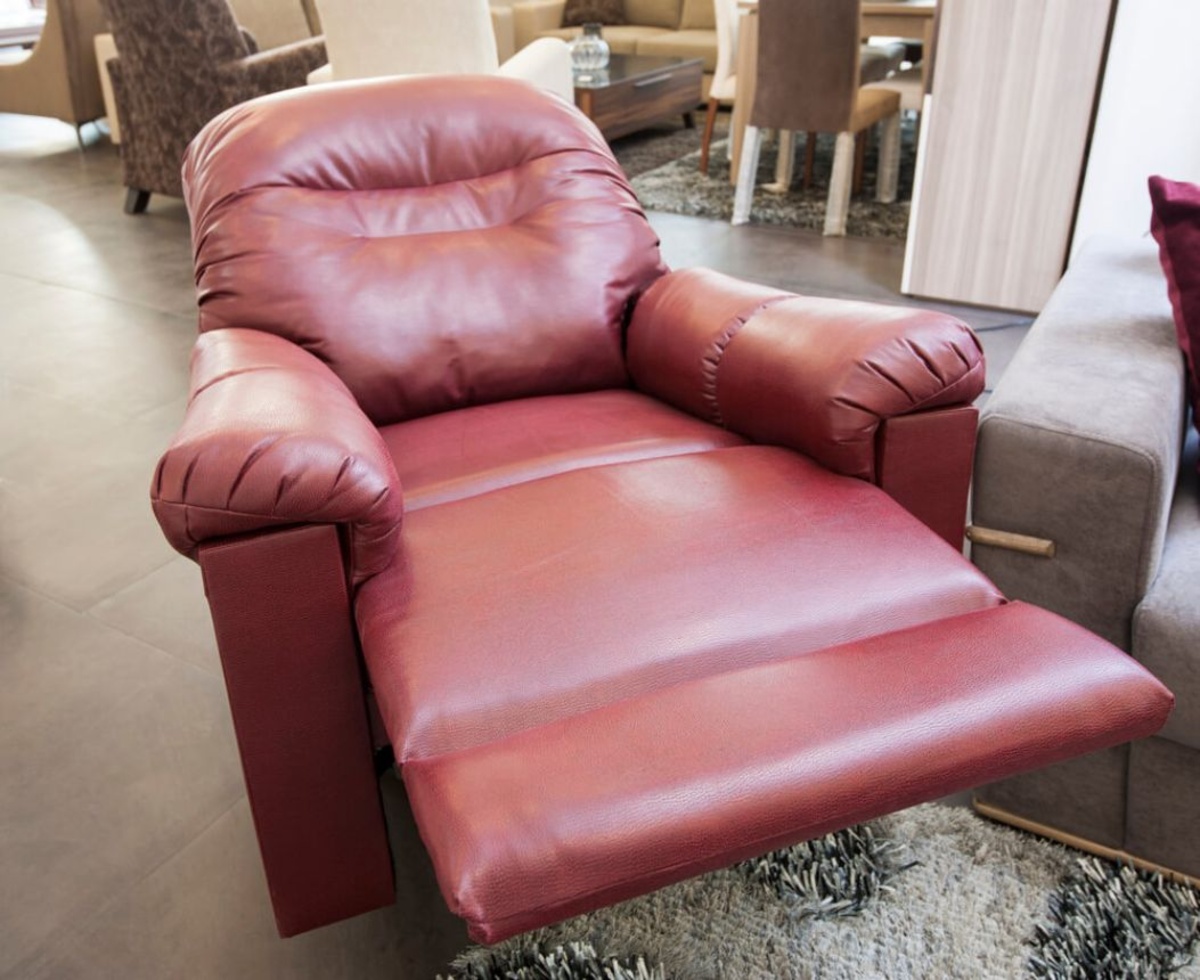
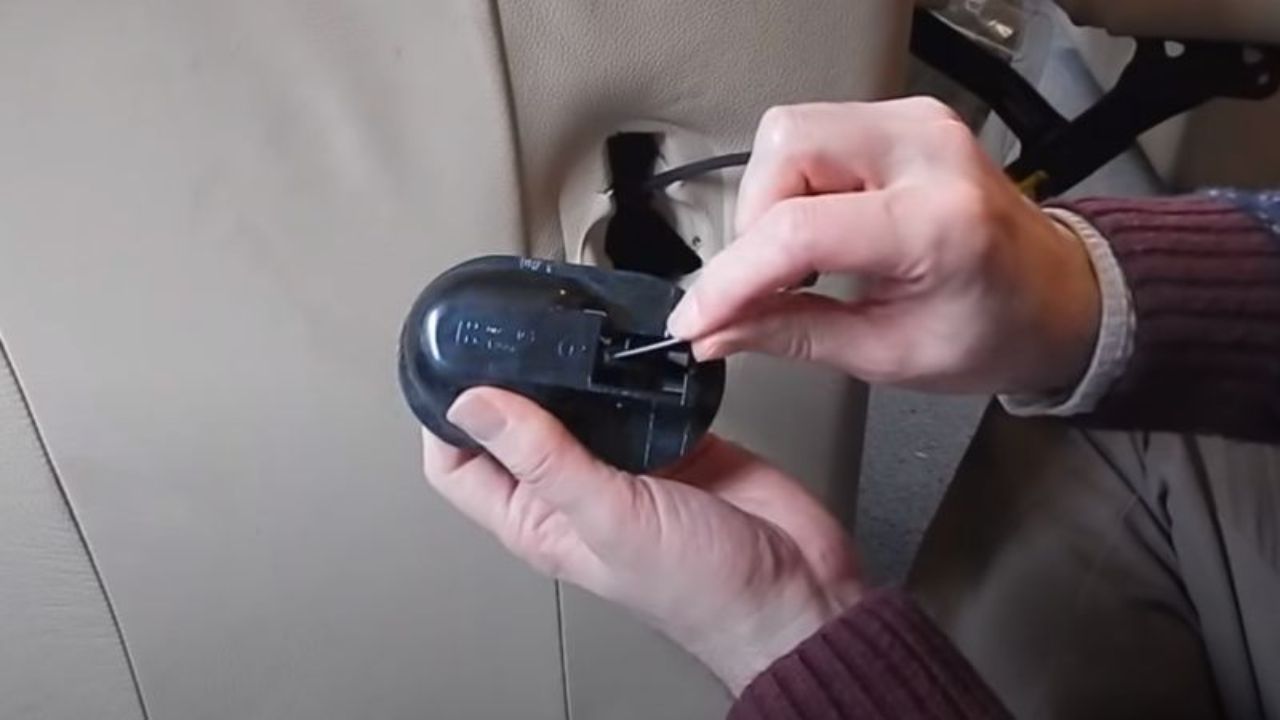
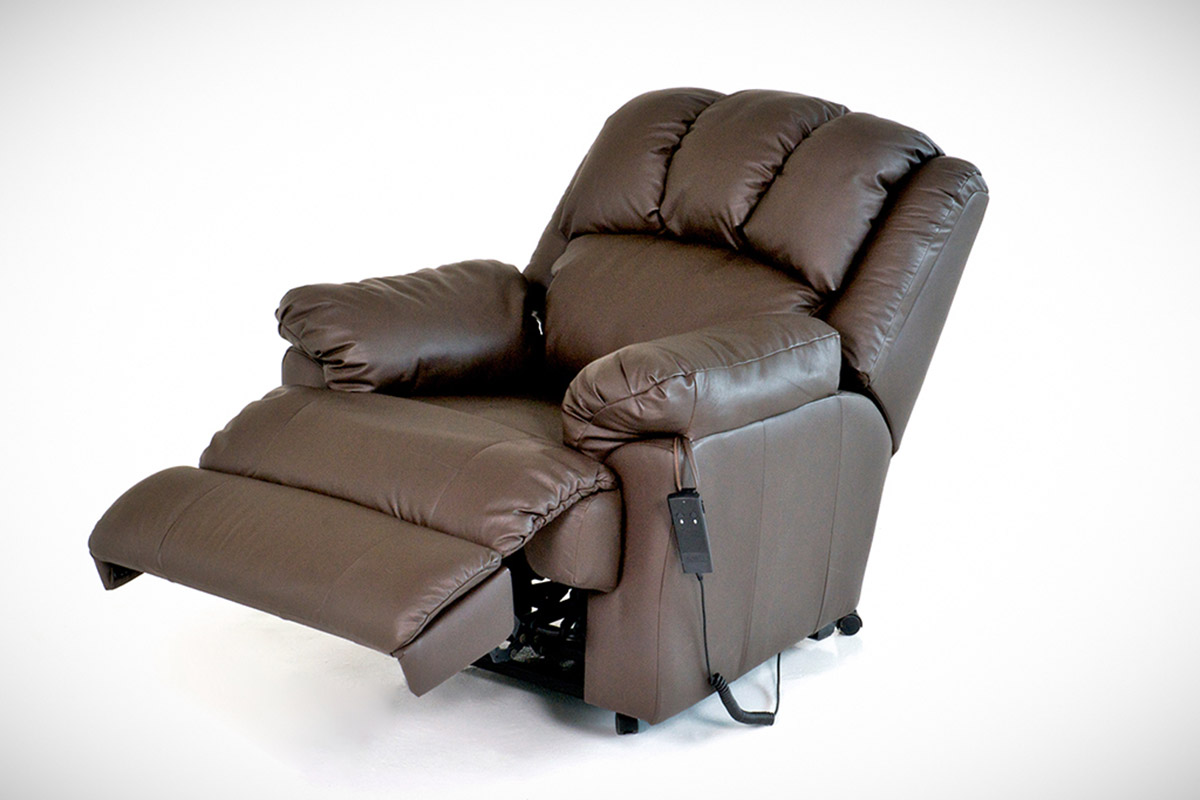
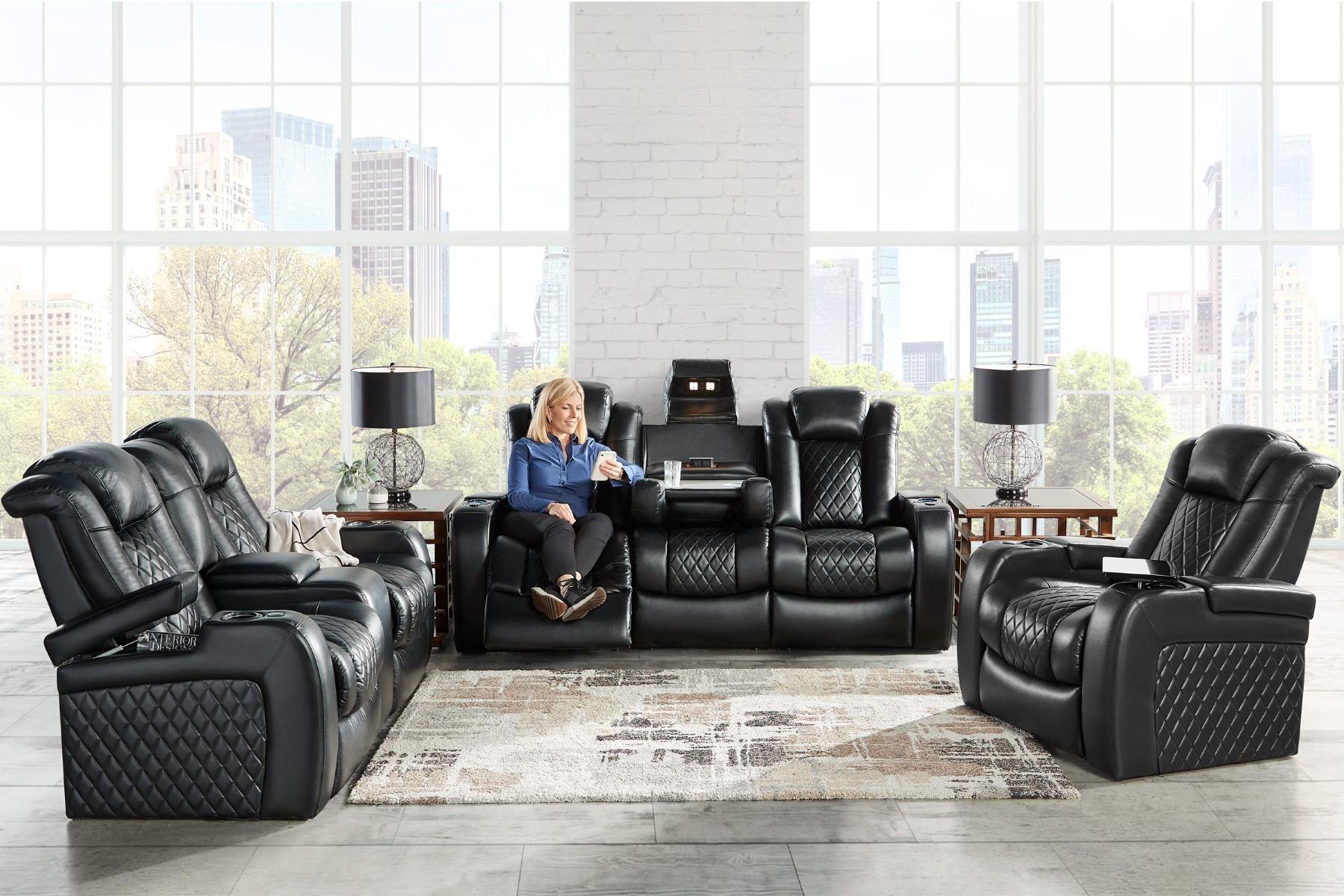
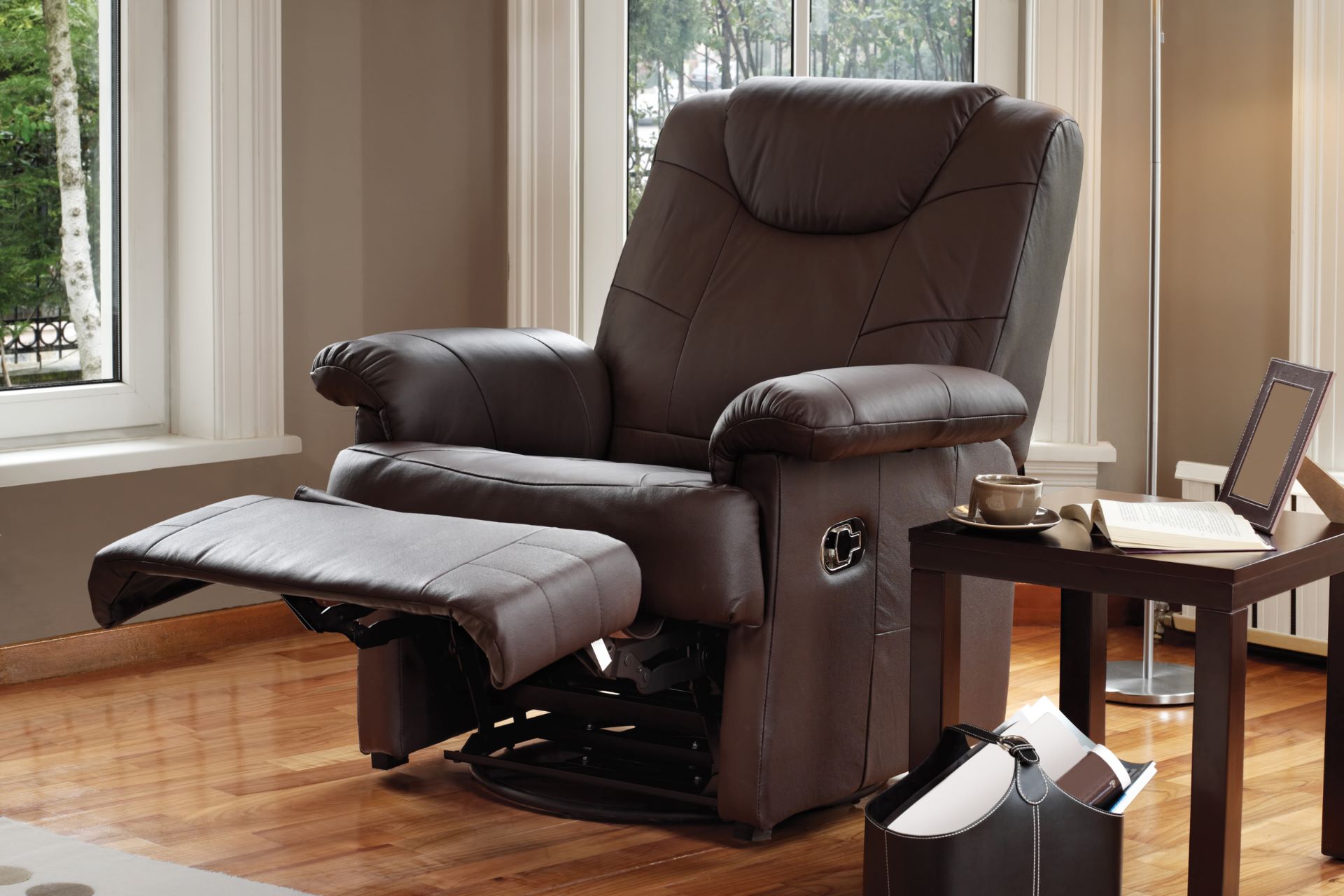
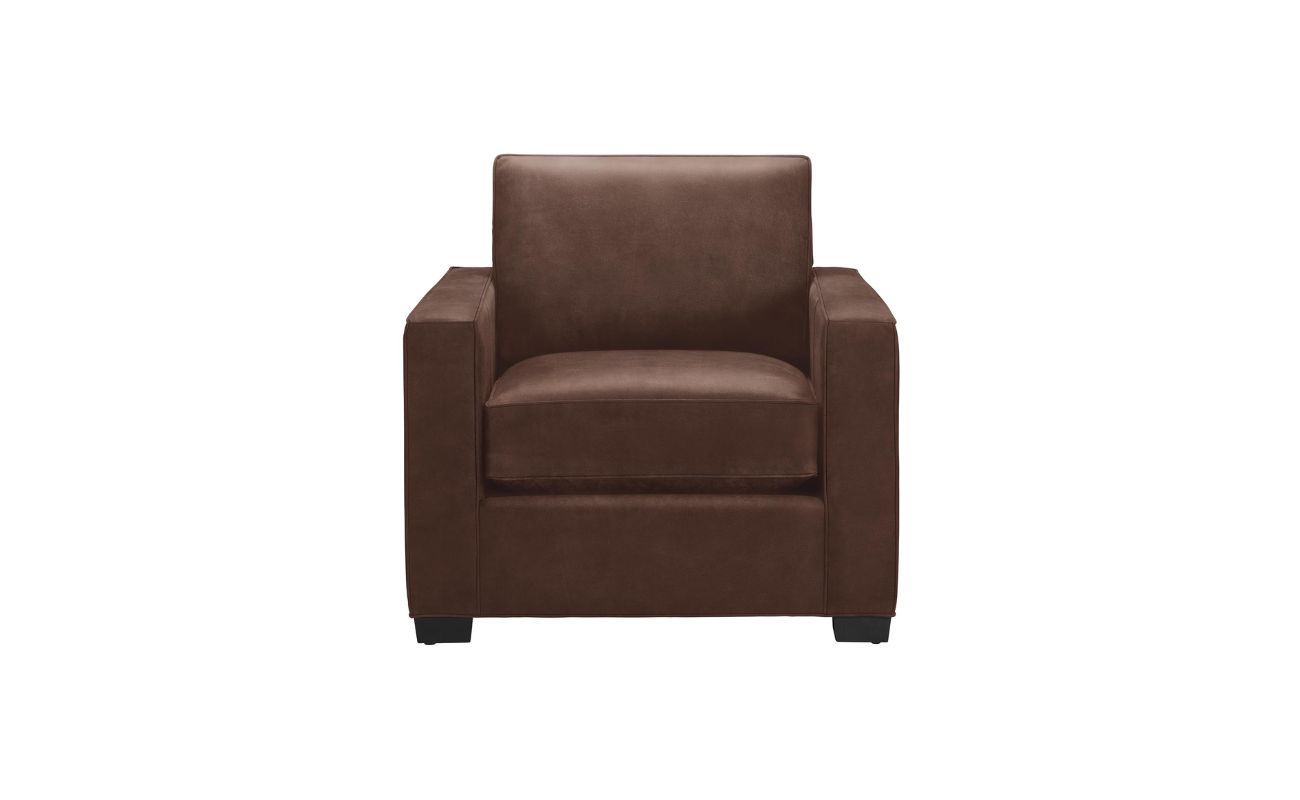
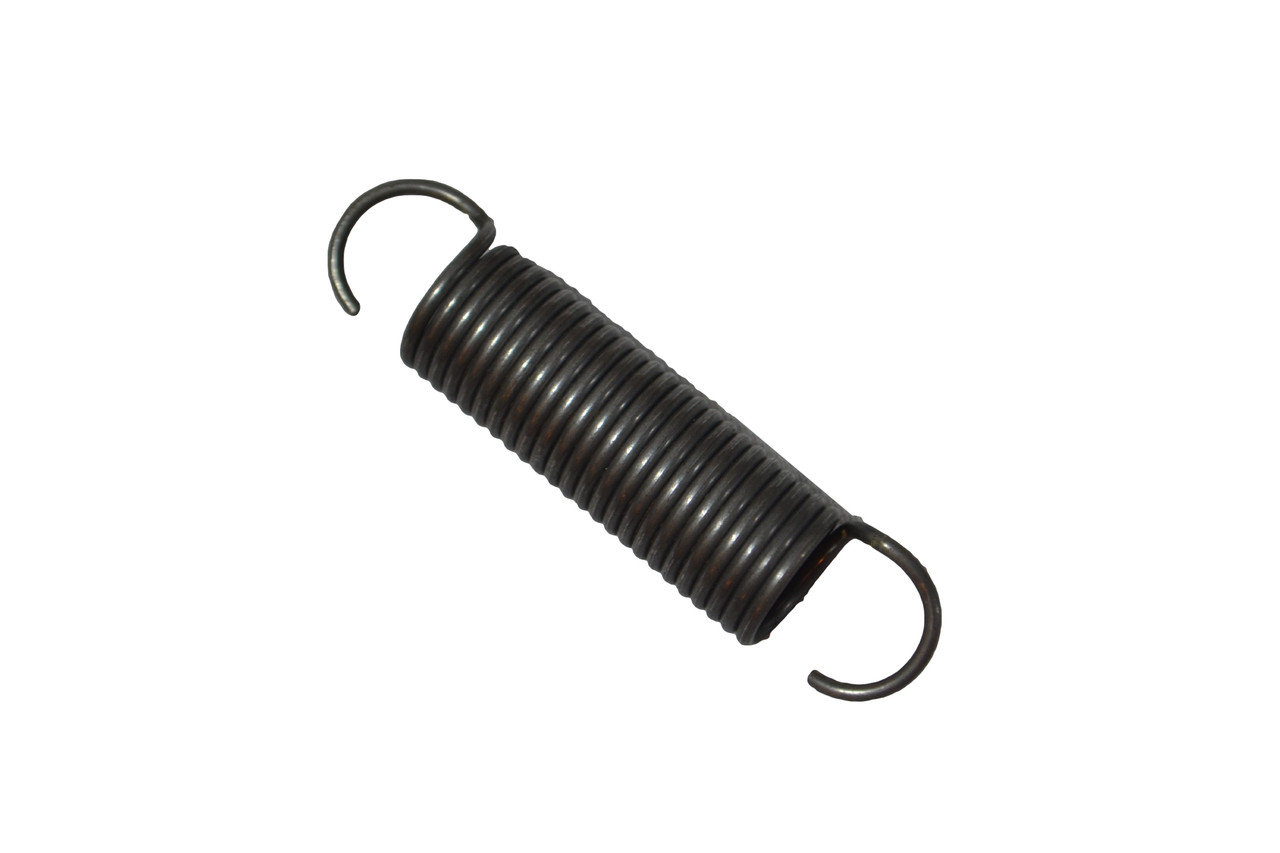
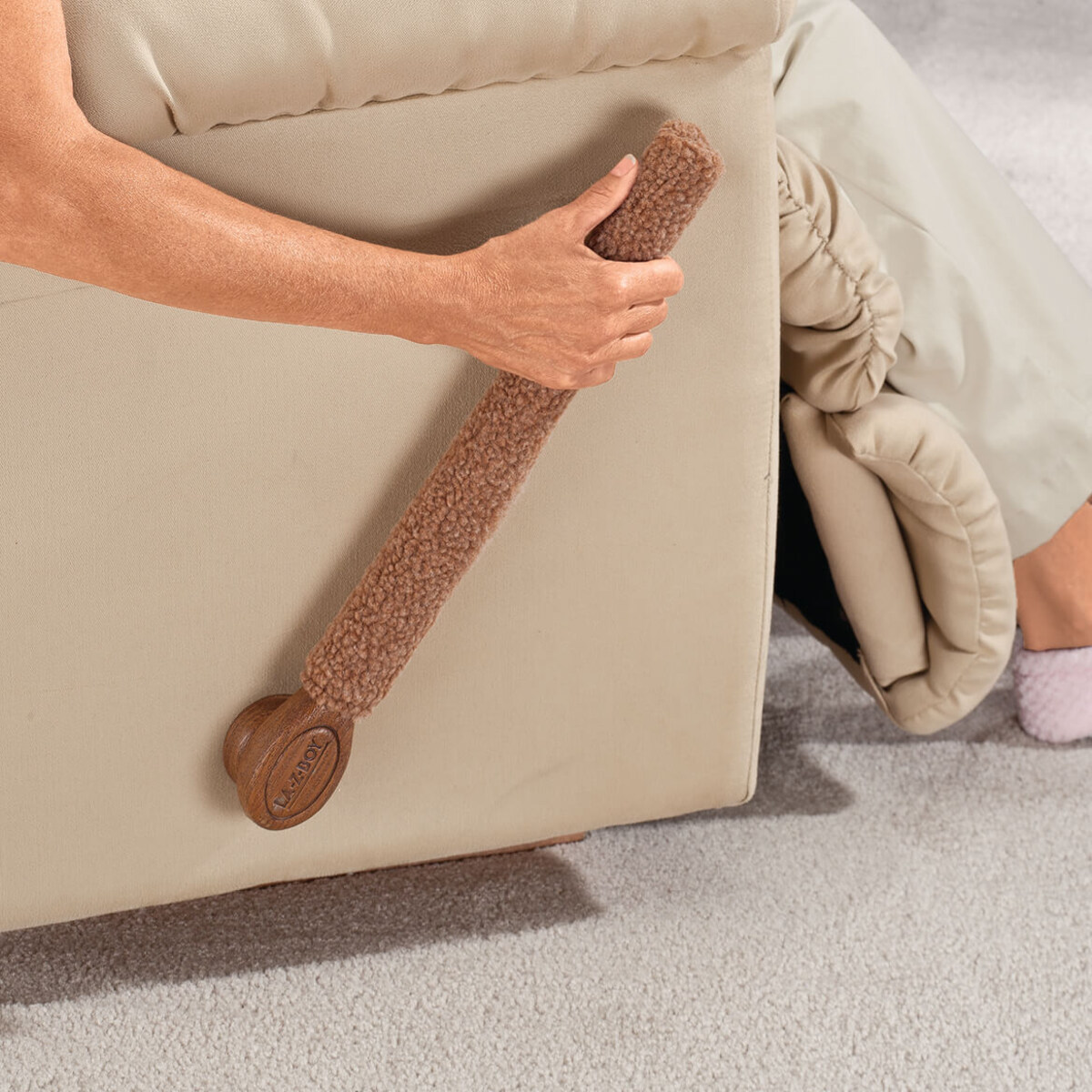
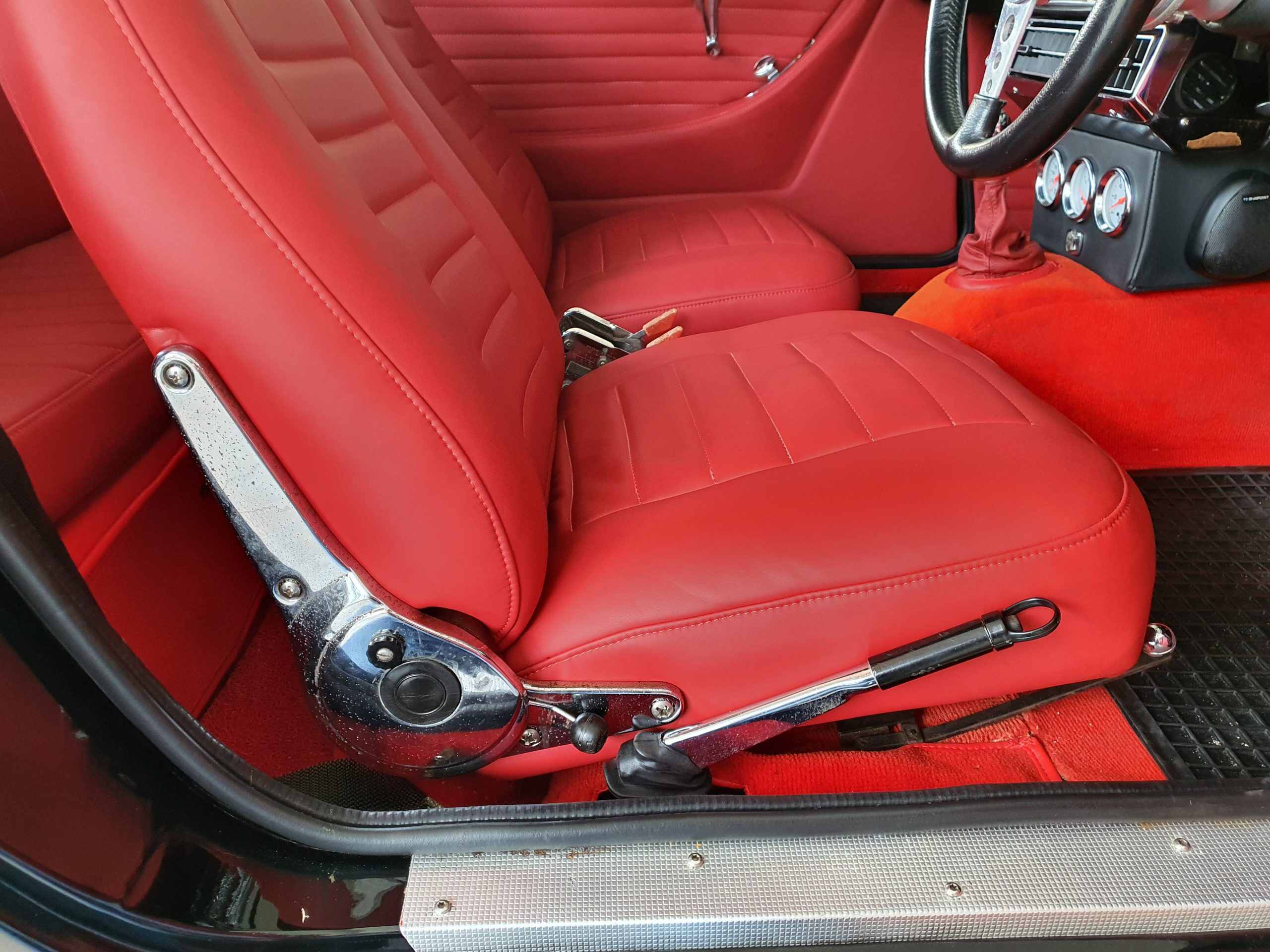
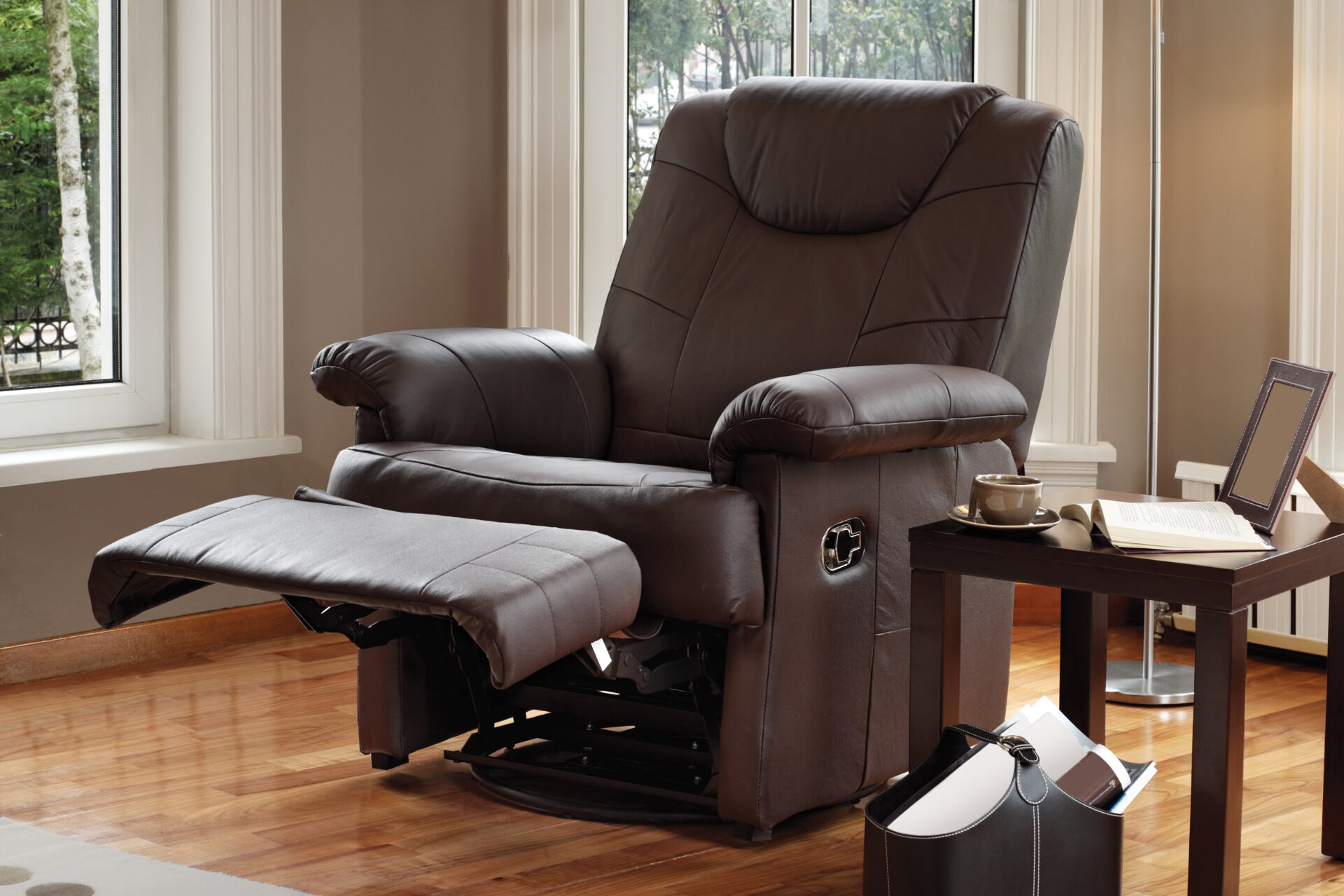

0 thoughts on “How To Fix A Recliner Footrest”